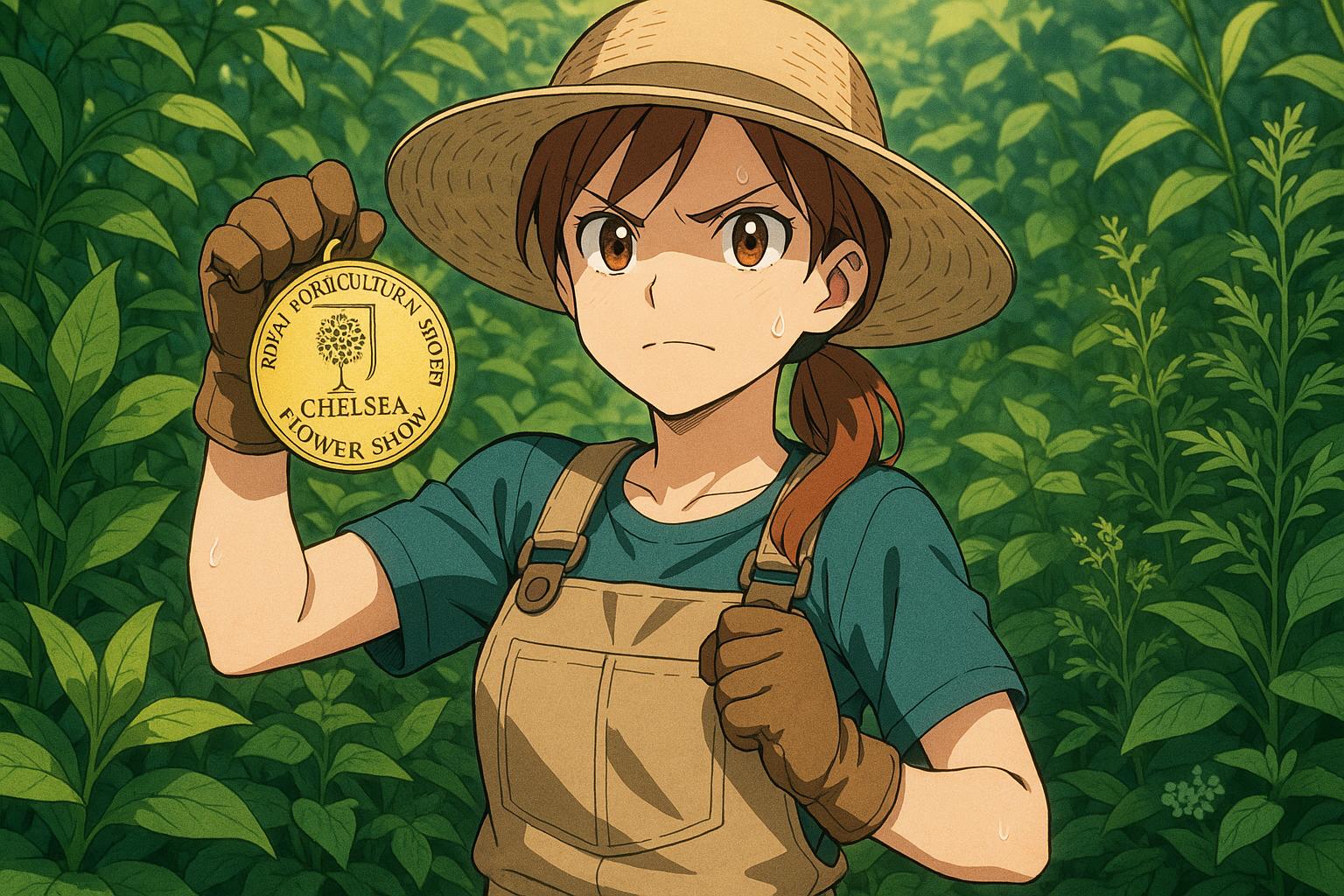The annual RHS Chelsea Flower Show, held each May in London, has long been a benchmark for the finest in British garden design and cultivation. This year, however, the show faces criticism for its lack of progress towards sustainability, particularly around the use of peat in horticulture. Originally, the Royal Horticultural Society (RHS) committed to eliminating peat from its operations by the end of this year, a pledge made in 2021 in recognition of the urgent need to protect carbon-rich peatlands. However, this commitment has been delayed; nurseries will now be allowed to sell plants partially grown in peat until 2028.
Clare Matterson, the RHS's new director-general, attributed this setback to "complex supply chains" and a "legislative black hole." These factors reveal systemic challenges within the industry that hinder immediate shifts to sustainable practices. Previously, the UK government had indicated plans to outlaw the sale of peat products for amateur gardening by 2024, with commercial restrictions to follow in 2026. However, as of now, these legislative actions have not materialised, and peat continues to represent 43 per cent of the growing media used by professionals, according to the Horticultural Trade Association. Notably, every one of the 39 show gardens at last year’s Chelsea was built using some peat.
Garden designer Jack Wallington expressed disappointment over the RHS's reversal, suggesting that the move caters to corporate sponsors rather than environmental imperatives. While some, like Sally Nex from the Peat-free Partnership, acknowledge RHS's efforts, they also recognise the wider industry's resistance to change.
Peatlands are invaluable ecosystems, acting as significant carbon sinks and providing crucial water filtration and flood prevention. The UK comprises approximately 3 million hectares of various types of peatland, yet 80 per cent is in a degraded state, releasing around 20 million tonnes of greenhouse gases annually. This alarming statistic underscores the critical need for restoration and preservation as part of the UK’s commitment to achieve net-zero emissions by 2050.
The reliance on peat began in the 1960s, when its lightweight and moisture-retaining properties made it ideal for mass production in nurseries. However, the environmental consequences of peat mining became clear by the late 1980s, leading to the establishment of the Peatland Campaign, which sought to halt peat usage in horticulture. Despite significant challenges, some nurseries, such as Great Dixter, have successfully transitioned to peat-free alternatives. Great Dixter, which has been peat-free since the early 2000s, mixes compost by hand, utilising loam from its own meadows alongside wood fibre, bark, and slow-release fertilisers.
Mark Straver of Hortus Loci, another nursery that has been peat-free for five years, shared that the initially poor quality of peat-free products hindered their adoption. However, over time, these alternatives have significantly improved, helping Straver and others gain confidence in peat-free cultivation. "If the plants we grow get gold medals at Chelsea, how bad can it be?" he questioned, reflecting a more positive outlook on alternative growing media.
Kernock Park Plants, a prominent supplier of peat-free plugs, has been transforming its practices over the last few years. Managing Director Bruce Harnett noted that despite initial difficulties and plant losses during the transition, the nursery now grows all of its 1,200 varieties without peat. The shift required careful trials and adjustments, highlighting the complexity involved in moving away from such a deeply entrenched material.
Not all stakeholders are optimistic, however. Kenneth Cox, managing director of Glendoick Garden Centre in Scotland, has struggled to find viable peat-free alternatives for certain acid-loving plants like rhododendrons. He expressed skepticism about the feasibility of a 100 per cent peat-free approach, although there are encouraging signs from other nurseries producing promising results.
The RHS remains committed to its overarching strategy of promoting sustainable gardening practices, having invested £2.5 million and over 150,000 hours into research aimed at facilitating the industry's transition away from peat. Alistair Griffiths, head of science at the RHS, highlighted ongoing partnerships with growers and media producers to trial alternatives, focusing on methods that can sustain plant health without peat.
Despite the challenges and mixed results across the industry, various initiatives, such as the RHS Chelsea Sustainable Garden Product of the Year, which awarded Lindum Wildflower Turf for its eco-friendly practices, indicate a growing awareness of the importance of sustainability in garden design.
As public consciousness surrounding environmental issues rises, the pressure on the horticulture industry to adapt is mounting. While the RHS actively advocates for legislative change, delivering on its own promises and fostering industry-wide reform remains a significant challenge. As Wallington poignantly remarked, the industry must confront not only its reliance on peat but also the myriad other environmental issues it currently faces. "We need to move on," he stated, emphasising that the dialogue surrounding sustainability in gardening cannot afford to stagnate as the world grapples with climate change.
Reference Map
- Paragraphs 1, 2, 3, 4, 5, 6, 7, 8, 9, 10, 11, 12
- Paragraphs 1, 4, 7
- Paragraph 2
- Paragraph 5
- Paragraph 5, 8
- Paragraph 12
- Paragraph 9, 10, 11
Source: Noah Wire Services
